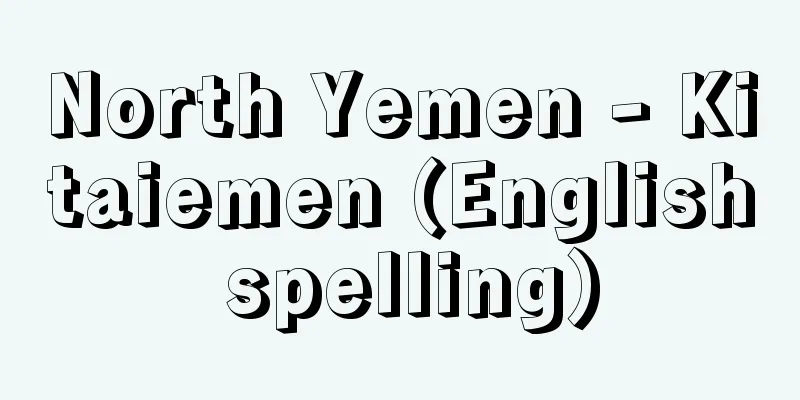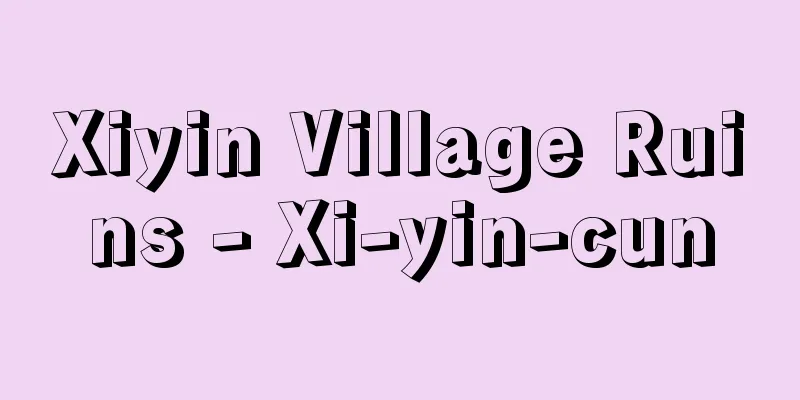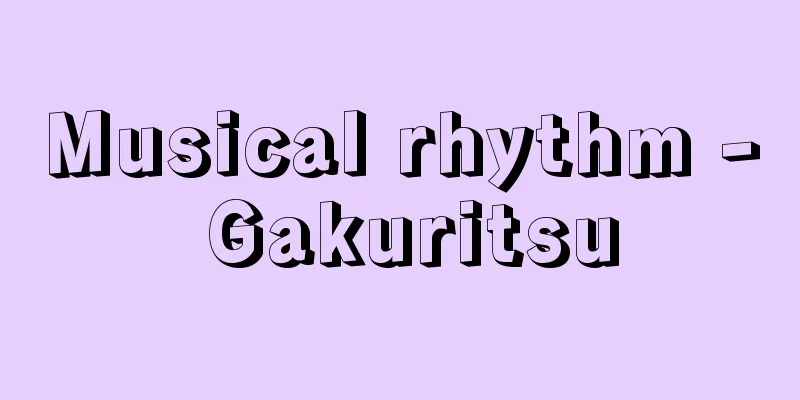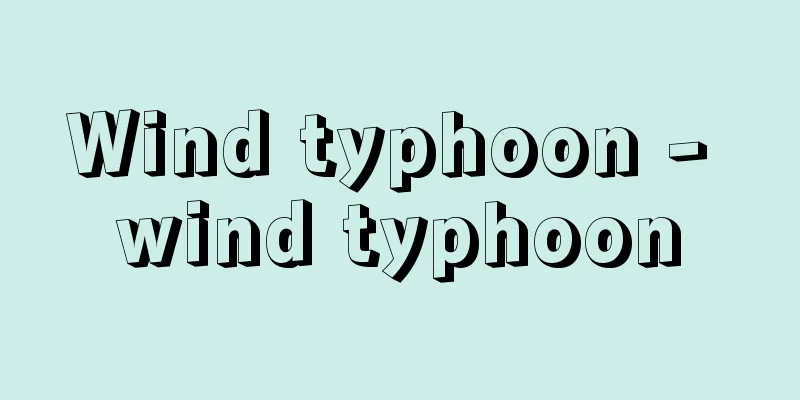Japanese language and Japanese character questions - kokugokokujimondai
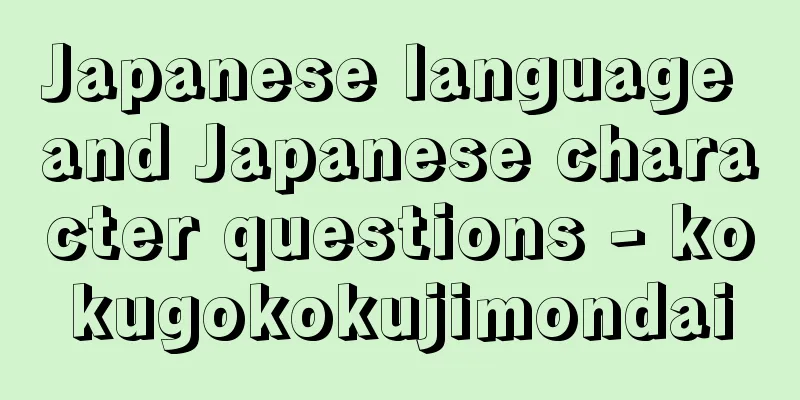
|
Various problems arise when resistance or obstacles are recognized in the transmission of the national language. In the early Meiji period, the national language and national script problem arose as a result of the awareness of many difficulties in the national language and national script as the basis of modern national development through comparison with other countries. One of these was the position that argued for the inconvenience of Chinese characters, and the extreme version called for the total abolition of Chinese characters. In addition, the position that took into consideration the importance of Chinese characters in the national language influenced the majority, and the position of limiting the use of Chinese characters was expressed in the establishment of common Chinese characters and educational Chinese characters. On the other hand, the kana script movement and the romanization movement also arose, with the view that fundamental reform was impossible as long as Chinese characters were used. In addition, historical kana usage, which is significantly different from modern pronunciation, was criticized, and a phonetic "modern kana usage" was promoted, but there were also voices against it. In addition to these national script issues, a movement to create a style of writing that would incorporate modern ideas and feelings, that is, the movement to unify spoken and written language, began to take place around the beginning of the 1880s, and after the war, interest in the issue of establishing a standard language increased. → Related topics Japanese linguistics | National Language Council | National Language Research Committee | National Institute for Japanese Language and Linguistics | Orthography Source : Heibonsha Encyclopedia About MyPedia Information |
|
国語の伝達において抵抗や障害が意識された時に発生する諸種の問題。明治初年諸外国との比較を通して近代国家発展の基礎としての国語・国字に多くの難点があるのを意識してより,国語国字問題が発生した。その一つに漢字の不便さを主張する立場があり,極端なものとしては漢字全廃論が出された。また,国語において漢語の占める位置の重さをも顧慮する立場の漢字制限論が大勢を動かし,当用漢字,教育漢字の制定などとなって現れた。一方,漢字を使用する限り根本的改革はあり得ないとして,仮名文字運動,ローマ字運動も起こっている。また,現代語音と著しく異なる歴史的仮名遣いを批判し,表音主義の〈現代かなづかい〉が行われるようになったが,反対論もある。これら国字問題のほかに,明治20年代の初めごろから,近代的思想・感情を盛るための文体を創造する運動すなわち言文一致運動が起こり,また戦後は特に標準語の確立の問題に対する関心が深まった。 →関連項目国語学|国語審議会|国語調査委員会|国立国語研究所|正書法 出典 株式会社平凡社百科事典マイペディアについて 情報 |
<<: National Language Council - Kokugoshingikai
>>: Japanese language education - kokugokyoiku
Recommend
Pacinian corpuscle (English spelling)
…The Johnston's organ in the antennae of wate...
Resprivata
...Indirect taxes, which had been collected by ta...
Masanori Oguri
...He was the chief retainer of Matsudaira Mitsun...
Purple corymb - Purple corymb
A biennial plant of the Papaveraceae (APG classif...
Dioecious - Dioecious
Also known as sex-separate plants. A condition in ...
Queen's House
…Inigo Jones, the greatest architect of the time,...
Tsiolkovsky
Soviet physicist. At the age of nine, he became al...
Demolition
…When that happens, the building must be demolish...
spinner
…Lure means a decoy, and refers to artificial bai...
Sutherland, Efua
Born June 27, 1924 in Cape Coast, British Gold Coa...
Courtauld Institute of Art
…Some of these works, along with his personal col...
Listing - Jojo (English spelling)
To enable the buying and selling of securities on...
Senso-ji Temple - Senso-ji
Located in Asakusa, Taito Ward, Tokyo, this templ...
Library of Congress
It was opened in 1800 by a resolution of Congress,...
Wang Jingwei - Wang Jingwei
⇒ Wang Jingwei Master's Degree Source: About S...

